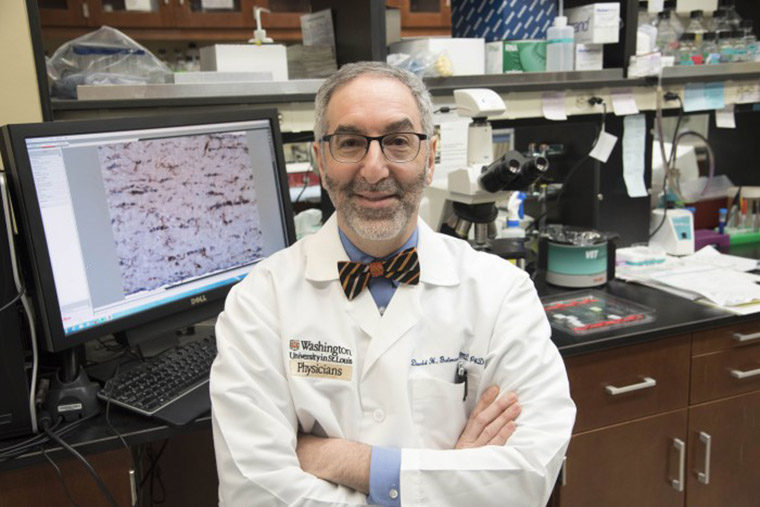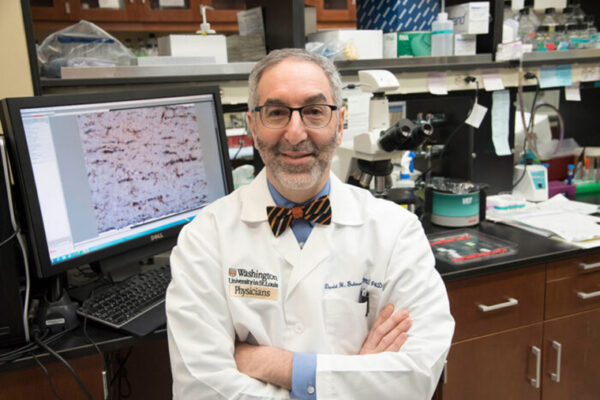Children with the inherited cancer syndrome neurofibromatosis type 1 (NF1) are prone to developing brain and nerve tumors as well as myriad other medical problems, including autism, epilepsy and bone defects.
While the disorder is caused by a mutation in a single gene, the range and severity of clinical abnormalities vary widely, making the impact of NF1 on children and adults difficult to predict and treat.
But new research at Washington University School of Medicine in St. Louis may help doctors determine which issues are likely to manifest in patients with NF1. The findings indicate that varying mutations in the NF1 gene may lead to different clinical outcomes.
The research is published online in Human Molecular Genetics.
“This discovery could enable us to better predict how NF1 will affect specific individuals, showing us what problems are likely to develop and how best to address them,” said senior author David H. Gutmann, MD, PhD, the Donald O. Schnuck Family Professor of Neurology. “These early-phase findings bring us one step closer to being able to individually tailor how we monitor and treat people with NF1.”
While all individuals with the disorder are born with a mutation in the NF1 gene, there are thousands of different NF1 gene mutations. To determine whether specific mutations of the gene increase the risk of developing optic gliomas, one of the most common brain tumors affecting children with NF1, the researchers used mice genetically engineered with patient-specific NF1 gene mutations.
Surprisingly, Gutmann and his colleagues found that mice harboring one specific patient-derived NF1 gene mutation developed optic gliomas, while mice with another patient-derived NF1 gene mutation did not. The mice with optic gliomas also had greater eye dysfunction. Optic gliomas are known causes of vision loss in children with NF1.
To determine why the specific mutation had such a dramatic effect on optic glioma formation and vision, Joseph Toonen, PhD, a postdoctoral research fellow, built upon previous research in the Gutmann laboratory that demonstrated a critical role for microglia — immune cells in the central nervous system that defend against invaders — in mouse brain tumor growth.
Toonen discovered that the number and activity of microglia were affected differently by each mutation. There were more microglia in mice with one patient-derived mutation, leading to greater tumor growth and increased optic nerve injury. In striking contrast, these findings were not observed with the other patient-derived mutation.
The scientists now are researching how microglia promote optic glioma growth and vision loss.
“Based on these exciting results, we can now envision using a mini-clinic of mice with different NF1 gene mutations,” said Gutmann, who also directs the Washington University NF Center. “This would offer us a valuable representation of the spectrum of clinical variability in this very heterogeneous disorder.
“Moreover, should specific gene mutations play a major role in determining brain tumor development, families could be better informed about the risk that their children may develop such tumors,” Gutmann said.
For this reason, the researchers are incorporating the mice into preclinical drug-discovery and evaluation efforts as a means of developing precision medicine strategies for children and adults with the disorder.



